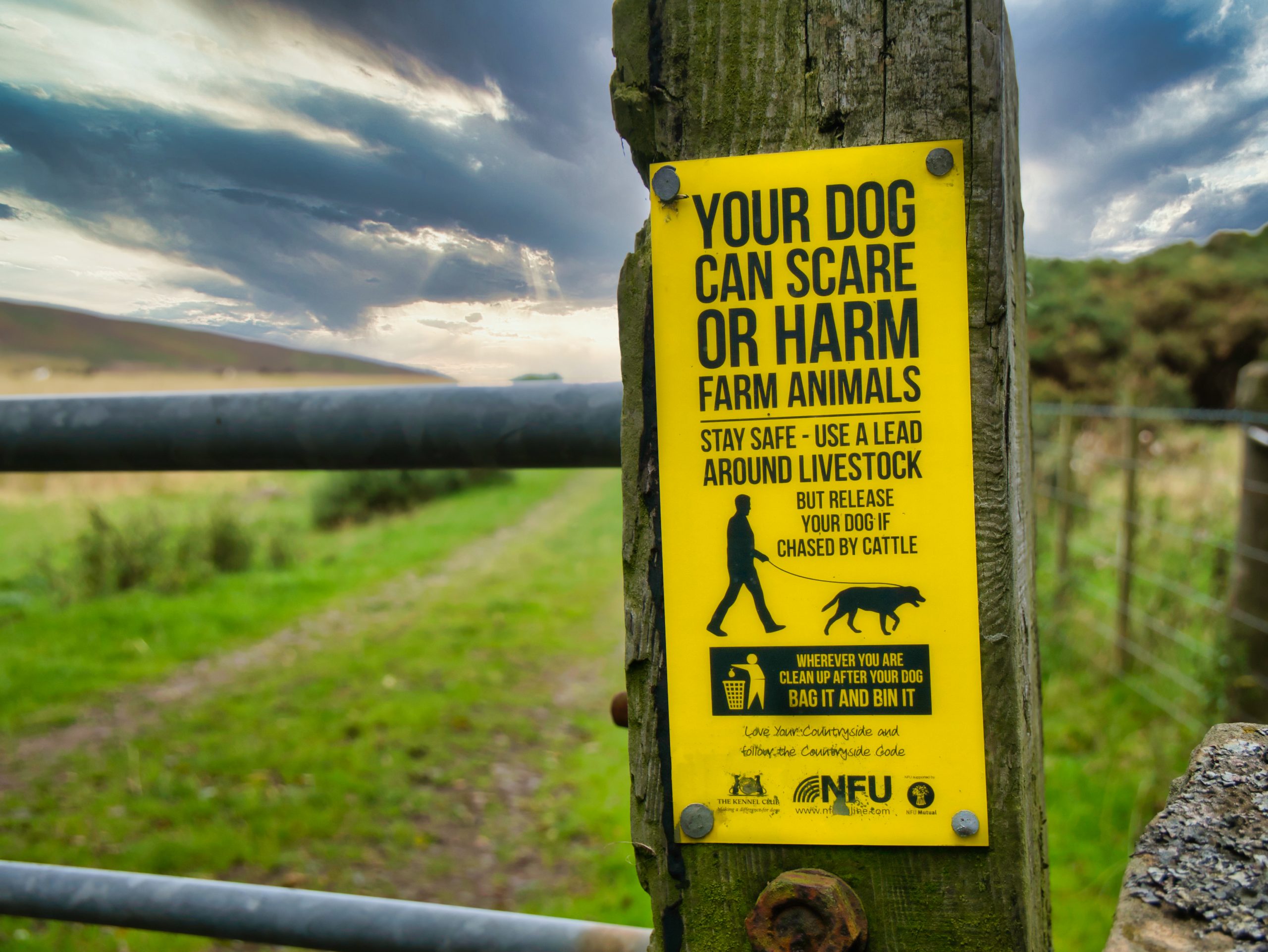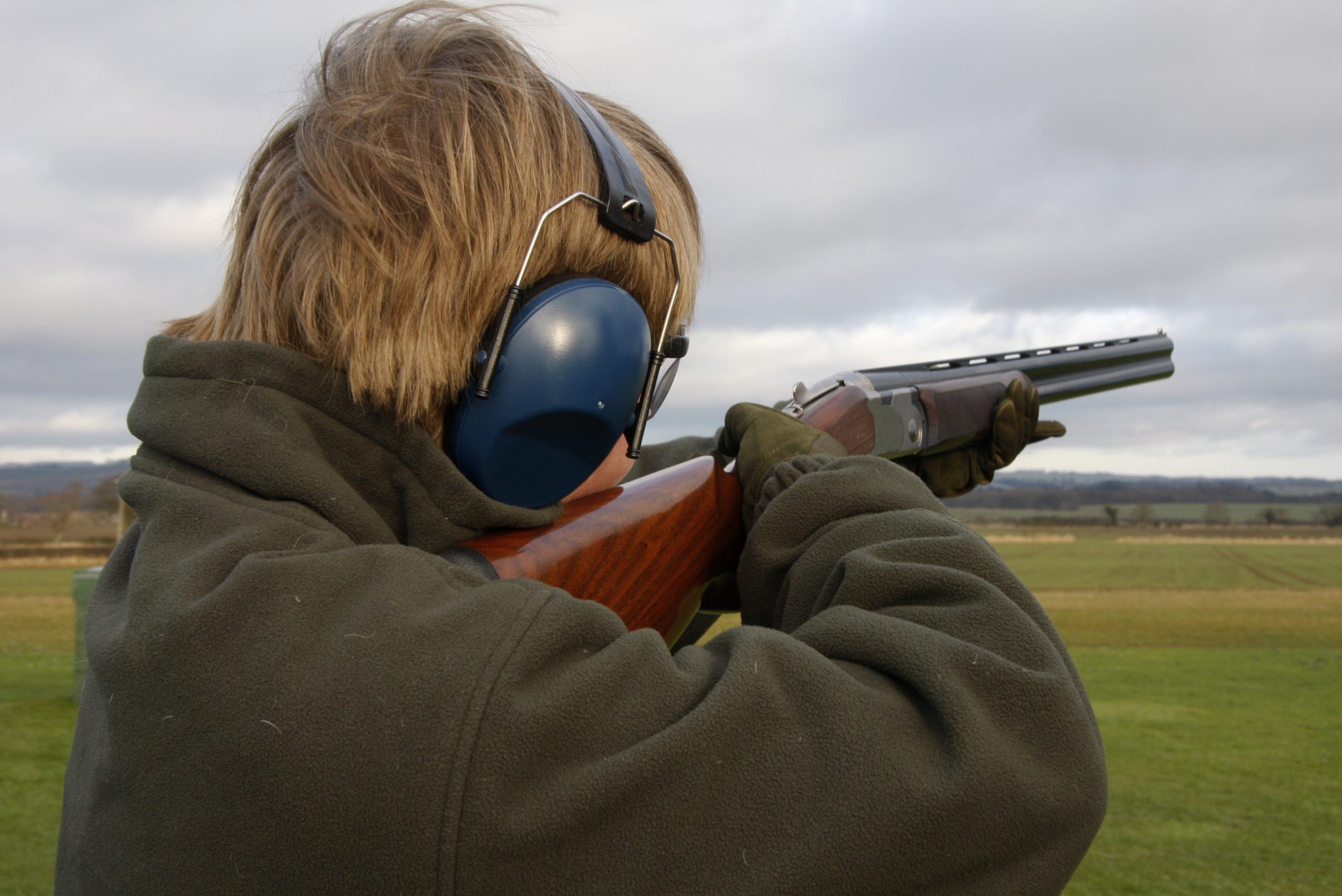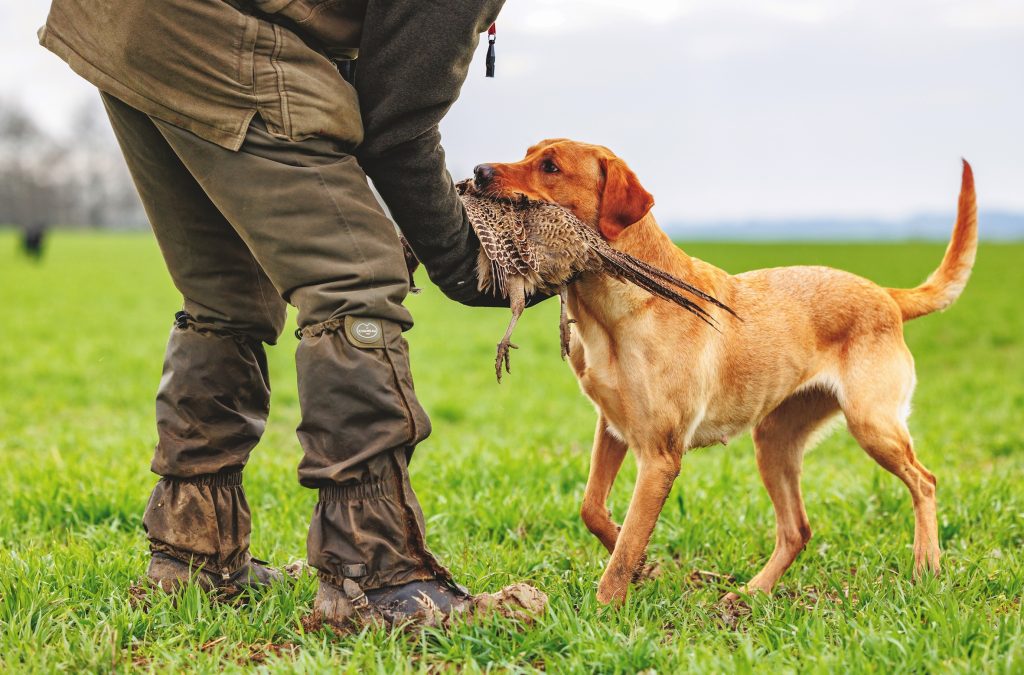It’s p�t� time!
No longer reserved for horrifying lunches at elderly relatives’ houses, p�t�s and terrines are back in fashion
I hope that all of you are polishing your guns, ready for the game season to begin in earnest. The editorship and readers have either grown tired of my implausible stories of sporting success or consider my talents to be in writing instructions on cooking, so this month I will try to fill you in on all I know about terrines and p�t�s. I hope by the end of the article you will have an understanding of the methods chefs use to get results.
When making p�t�s and terrines, basic game handling techniques are very important. For instance, you have to get the game in the fridge as soon as possible after shooting it, ideally the same day. I heard recently that people are being told to shoot rabbits and leave the guts in. While I understand why some game dealers do this, I would advise you to avoid this at all costs.
There are two choices when you have your cold, unprocessed game: a meaty terrine or a buttery liver p�t�. Don’t let the game get too strong if you are going to make the p�t�. You need very fresh-smelling livers to make a good liver p�t�, so if, when you come to process the birds, you find that they have started to lose their freshness, bin them and process them quicker next time.
Another key step is to make sure that the gall bladder, a small dark pocket of bile next to the liver, isn’t in with the livers you intend to cook.
If you are planning to make liver p�t� out of the liver of rabbits, deer or any animal that has had the gut removed soon after being shot, make sure you remove livers and make the p�t� the day after you have shot it; not, for instance, when you process the animal. If you expose the liver to the air and cross-contaminants it will go off and your p�t� will not be palatable.
Terrines, for those of you unsure of the fancy terminology, are p�t�s wrapped in bacon – more likely than not the foodstuff you gave a wide birth at Auntie Mabel’s New Year drinks. These days however, due to many glamorous gastro pub chefs thinking they can reinvent the wheel, they are very much in vogue.
One of the key things to remember when making a good terrine is not to wrap it in cheap bacon. If cheap, it will almost certainly have a high water content which will result in a milky residue all over your terrine.
I wouldn’t be too fussy about trimming off every piece of sinew from the game as this will largely dissolve and make for a nice jelly.
Sausage-wise, cheaper meat may be a good choice as it tends to contain more fat and rusk in the mixture. The fat will mean that the terrine has a moistness to it that game often lacks, and the rusk will help bind it together.
While at first glance a terrine may look, and can indeed be, just a humble mixing of game, sausage meat and bacon, it is really worth making the small effort to liven the flavours up. You can give it an extra dimension by adding a range of herbs, spices, nuts or even olives.
I would advise against mincing your game as I tend to find it will become overcooked quickly. Some would argue that it doesn’t matter, as the pieces are so small that you wouldn’t notice the toughness of the game, but I for one would much rather eat larger pieces of well-cooked game.
As with all the dishes we make, you either have to cook the game for a long time till it breaks up – which personally I don’t for a terrine – or cook it slowly and gently, removing from the oven when its temperature just reaches 70�c.
The best way to test that your terrine is at the correct temperature is by using a temperature probe. It may seem like an unnecessary purchase for the home cook, but once you have one you will always wonder how you ever managed before!





